Dell’s Moonshot: 5 Key Features Of Concept Luna
‘We need to move from use then recycle to use, reuse multiple times and then recycle when the material is no longer usable in its original form. This iteration of Concept Luna does just that. It shows a vision for what could be,’ says Glen Robson, Dell Client Solutions Group CTO.
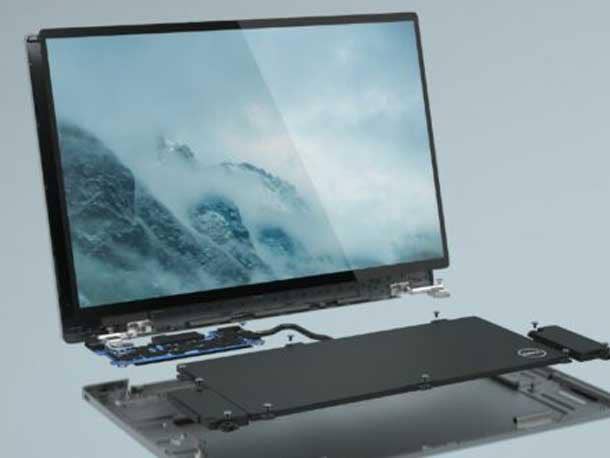
As one of the largest PC makers in the world, Dell Technologies wants to use less plastic and e-waste in the construction and design of its laptops in order to reach the company’s goal of net zero emissions.
Dell Client Solutions Group CTO Glen Robson said with Concept Luna, a collaboration with Intel, Dell can improve the carbon footprint of its laptops by 50 percent.
“A proof-of-concept developed in collaboration with Intel, Concept Luna explores revolutionary design ideas to make components immediately accessible, replaceable and reusable—reducing resource use and keeping even more circular materials in the economy. It was created to test what could be possible, not to be manufactured and sold,” Robson said in a statement.
[RELATED: Dell’s Client Biz A Huge DragOn Q3 While Infrastructure Outperforms]
By focusing on every facet of laptop construction from its design to replacing its parts after the device is in use, Dell said it has managed to reduce the material used in construction of the device, including using less hardware and fewer components and making the device’s replaceable parts easier to access by technicians for repairs or upgrades.
“Our position is simple. We need to move from use then recycle to use, reuse multiple times and then recycle when the material is no longer usable in its original form,” Robson said. “This iteration of Concept Luna does just that. It shows a vision for what could be.”
Robson said Concept Luna is implementing new ways to improve a laptop’s energy efficiency with better power and cooling and is using materials that have a smaller carbon footprint to give customers a more “decarbonized” device.
“This concept and future iterations and others that follow are how we will build on the existing circular economy leadership you see across our product portfolio today to examine, re-examine and reconsider every step of the product life cycle to deliver even more sustainable products in the future,” Robson said in a statement.
Here are some of Concept Luna’s key features.
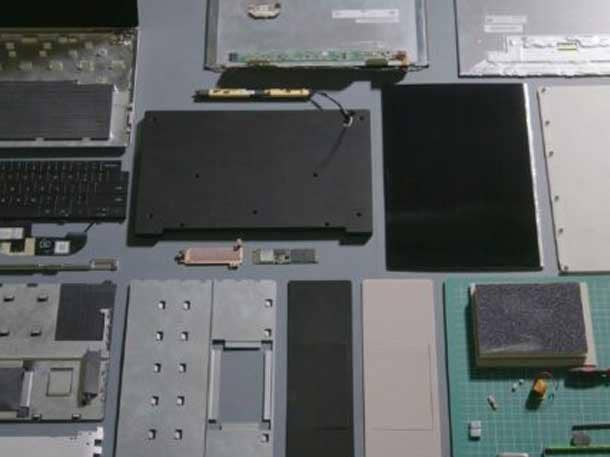
Honey, I Shrunk The Motherboard
Dell said a laptop’s motherboard can use as much energy as any component of the PC. Dell shrank the measurable area of the motherboard by 75 percent and dropped the number of components used by 20 percent. Together those two changes reduced the motherboard’s carbon footprint by 50 percent.
In addition, the company is printing circuit boards made with flax fiber as well as water-soluble glue, all of which replaces the plastic circuit boards and plastic glues used on the internal parts of the laptop.
“What’s noteworthy here is that the flax fiber replaces traditional plastic laminates,” Robson wrote. “And even better, the water-soluble polymer can dissolve, meaning recyclers can more easily separate metals and components from the boards.”
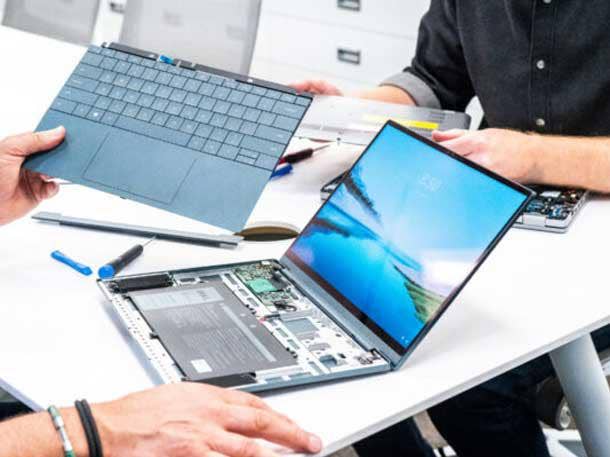
Fewer Screws To Loosen
Robson said designers “completely reconsidered the layout” of the inside of the PC and tried to determine how they could maximize efficiencies by using the laptop’s architecture. To start, engineers moved the smaller motherboard closer to the “top surface’”of the PC.
“This, combined with separating it from the battery charging unit in the base, leads to better passive heat distribution and could totally eliminate the need for a fan,” Robson said.
Concept Luna also designed the laptop palmrest assembly for ease of repair and reuse. The keyboard mechanisms simplify recycling with clean and easy separation from other components.
And Dell made it easier to fix once a technician gets inside the device.
“We’ve reduced the number of screws needed to access internal components for repair or reuse from hundreds to just four—reducing time for repairs (to disassemble, repair and reassemble key components) by approximately 1.5 hours,” Robson wrote.
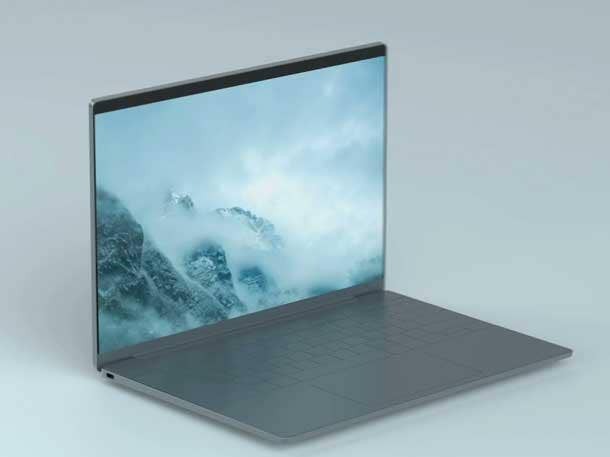
Long Charges, Less Power
Robson said the overall power consumption of the unit might be significantly reduced by the changes, which may allow the laptop to use smaller batteries that are made specifically for long uses.
“The advanced deep-cycle cell battery provides a long charge that can be maintained across many years of use, increasing refurbishment and reuse beyond the first product life it services,” Robson wrote.
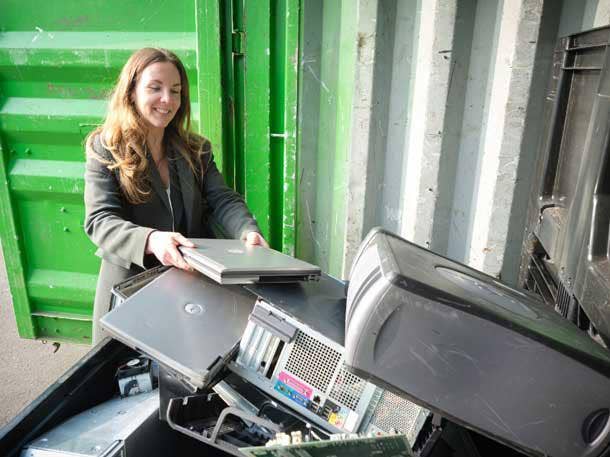
Aluminum For The Win
Dell said Concept Luna will use an aluminum chassis that is made using hydro power and stamped construction, which the company said requires less energy and produces little scrap.
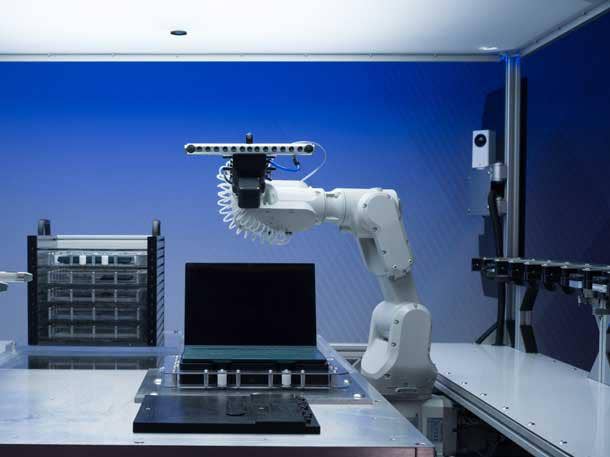
Designed Differently
Dell said Concept Luna incorporates circular design practices that focus on eliminating waste, reusing raw materials and regenerating nature.
“In the last year alone we introduced closed-loop aluminum from out-of-use hard drives, bioplastics made from tree waste in the paper-making process and scaled our use of reclaimed carbon fiber to over 1.2 million pounds,” Robson said in a statement. “But we need to find new keys to open new doors to get us there faster. Last year we shared our vision for a parallel innovation workstream to accelerate circular design and today we’re sharing the first prototype from these efforts.”